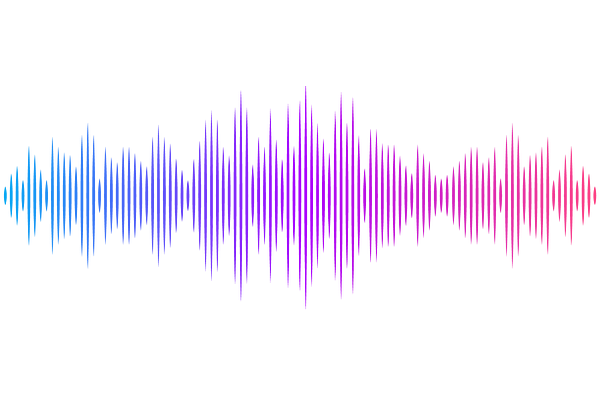Characterization of Gαs and Gαolf activation by catechol and non-catechol dopamine D1 receptor agonists

Characterization of Gαs and Gαolf activation by catechol and non-catechol dopamine D1 receptor agonists
Nguyen, A. M.; Semeano, A.; Quach, V.; Inoue, A.; Nichols, D. E.; Yano, H.
AbstractThe dopamine D1 receptor (D1R) couples to Gs and Golf and plays a crucial role in regulating voluntary movement and other cognitive functions, making it a potential therapeutic target for several neurological and neuropsychiatric disorders, such as Parkinson\'s disease and schizophrenia. In the central nervous system, Gs is widely expressed in the cortex and Golf is predominantly found in the striatum. We used two different configurations of bioluminescence resonance energy transfer (BRET) assays and a fluorescence-based cyclic AMP (cAMP) production functional assay to test a series of tetracyclic catechol (dihydrexidine, methyl-dihydrexidine, doxanthrine) and non-catechol (tavapadon, R03, R05) D1R agonists for their activity at these G proteins. We discovered that these tetracyclic catechol compounds and R03 exerted full agonism when D1R coupled to Gs but partial agonism when D1R coupled to Golf. In contrast, tavapadon acted as a full agonist at Golf and a partial agonist at Gs. The selectivity profiles of these compounds translated to their electrophysiological effects as expected. This suggested the possibility of achieving region-specific pharmacology and opened new directions for developing D1R drugs to treat relevant neurological and neuropsychiatric disorders.